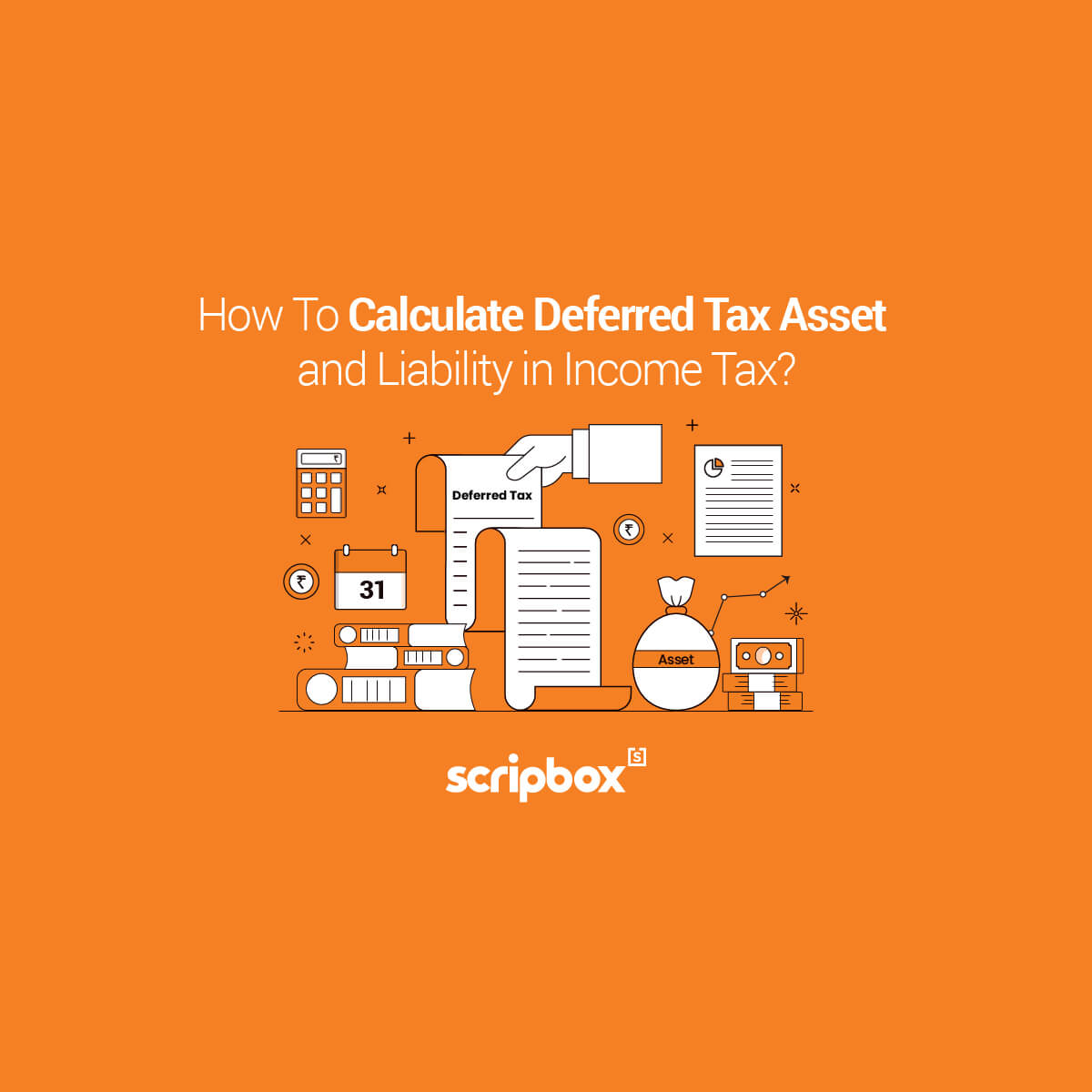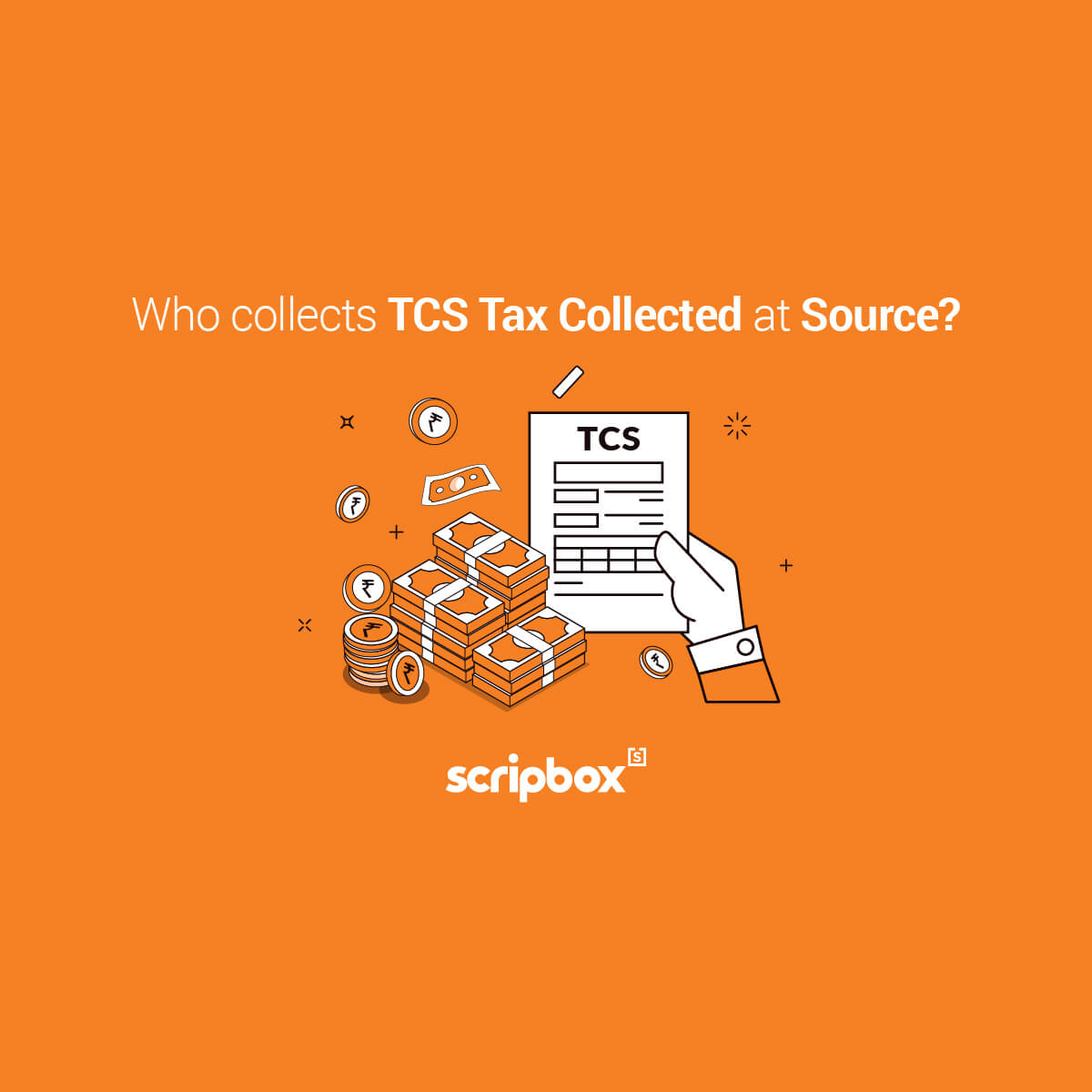What are Capital Gain Bonds?
The capital gain bonds help a taxpayer in investing the long term capital gain earned on the sale of a long term capital asset. By investing their long term capital gain taxpayers can save tax on LTCG and earn interest on investment in capital gain bonds. The income tax act contains several provisions to provide relief to the assessee on the capital gains or profits earned by them.
One such section is section 54EC, which provides for relief to the assessee on the capital gains earned provided the profits are invested in the specified bonds. The bonds issued by NHAI, REC, PFC and IRFC are specified for the purpose of this section. These bonds are called capital gain bonds and are fixed income instruments. The risk of the investor buying such bonds is reduced as these bonds are backed by the government.
What is Section 54EC?
As per the provisions of section 54EC, capital gains arising on the transfer of long-term capital assets shall be exempt provided the following conditions are satisfied:
- The asset should be a long-term capital asset, being land, building or both
- The capital gains should be invested within 6 months from the date of the transfer of the asset
- The amount is invested in specified capital gain bonds of Rural Electrification Corporation(REC), National Highway Authority of India(NHAI), Power Finance Corporation Limited(PFC) or Indian Railway Finance Corporation Limited(IRFC)
- The maximum limit under the section is Rs. 50 lakhs. To conclude, the maximum investment amount cannot exceed Rs. 50 lakhs.
Example on Section 54EC
Mr. A had a building that was sold by him on 01.02.2021 and the capital gains arising from the sale was Rs. 70 lakhs. In this case, assuming that Mr. A invests the amount within 6 months from the date of the sale, the exemption under section 54EC can be claimed up to Rs. 50 lakhs.
Which Bonds are Eligible for Exemption under section 54EC?
The following bonds qualify for a tax deduction or exemption under section 54EC of the Income Tax Act, 1961:
- National Highway Authority of India- NHAI Bond
- Power Finance Corporation Limited- PFC Bond
- Indian Railway Finance Corporation Limited- IRFC Bond
- Rural Electrification Corporation Limited- REC Bond
How to Calculate the Tax Exemption Allowed Under Section 54EC?
Let us understand how to calculate the tax exemption with the help of an example. Let’s assume that Mr B has a property that was purchased for Rs. 50 lakhs and the same property was sold for Rs. 80 lakhs. For better understanding, let’s say the indexed cost of acquisition comes out to be Rs. 43 lakhs. Now, let us understand the calculation of capital gains and exemption as below:
Case 1: Mr. B decides to invest Rs. 20 lakhs in the REC bonds within 6 months:
In the above case, you can calculate the capital gains with the following method::
| Particulars | Amount |
| Sale Consideration | Rs 80 lakhs |
| Less: Indexed Cost of Acquisition | Rs 43 lakhs |
| Long-term capital asset | Rs 37 lakhs |
| Investment in REC Bonds | Rs 20 lakhs |
| Taxable long-term capital gains | Rs 17 lakhs |
Case 2: Mr. B decides to invest the entire gain of Rs. 37 lakhs in REC bonds within 6 months:
| Particulars | Amount |
| Sale Consideration | Rs 80 lakhs |
| Less: Indexed Cost of Acquisition | Rs 43 lakhs |
| Long-term capital asset | Rs 37 lakhs |
| Investment in REC Bonds | Rs 37 lakhs |
| Taxable long-term capital gains | Nil |
What are the Features of the Capital Gain Bonds?
The National Highway Authority of India NHAI and Rural Electrification Corporation Limited REC issue the capital gain bonds. The following are some of the key features of such bonds:
- Bonds issued are not listed on any stock exchange
- Bonds are AAA rates, which depicts their safety and stability
- Interest income on such bonds is taxable in the hands of the bondholder. The interest income is taxable under the head ‘Income From Other Sources’ at the slab rate applicable to the taxpayer for the financial year.
- You can claim an exemption up to Rs 50 lakhs under section 54EC by investing in such bonds.
What are the Steps Involved to Invest in Capital Gain Bonds?
Capital gain bonds are not listed on the stock exchange. You can purchase these bonds directly from the issuer either in physical or demat form. An applicant can follow the following steps:
- Step 1: Visit the below website for the respective bond and select the ‘direct’ option on the respective pages.
- Power Finance Corporation Limited- Click to visit PFC Bond
- National Highway Authority of India- Click to visit NHAI Bond
- Indian Railway Finance Corporation Limited- Click to visit IRFC Bond
- Rural Electrification Corporation Limited- Click to visit REC Bond
- Step 2: Enter the number of forms you wish to download. Enter the captcha code and download the form. Now, print the form and enter the information.
- Step 3: Investor needs to attach a demand draft or an account payee cheque and submit the same along with other details at the designated banks. The banks such as Axis Bank, HDFC Bank, State Bank of India, IDBI Bank, IndusInd Bank etc have the authorization to carry out this activity.
Frequently Asked Questions
The exemption under section 54 EC is allowed only if the capital gain bonds are held for a period of 5 years. In case the bonds are sold before the expiry of 5 years, the exemption under section 54EC stands withdrawn and the amount of exemption will be reduced from the cost of the asset in the year of sale.
The exemption under section 54EC can be claimed by a non-resident provided the land or building is situated in India.
The capital gain bonds can be held in a joint name. The application can be either made individually or jointly. Moreover, the aggregate investment amount cannot exceed Rs. 50 lakhs
At present, the interest rate on capital gain bonds is 6% which is payable annually and the final interest is payable at the time of maturity.
The minimum and the maximum amount that can be invested in the capital gain bonds are Rs. 10,000 and Rs. 50 lakhs respectively. The face value per bond is Rs. 10,000.
For the purpose of section 54EC, the maximum investment that can be made is restricted to Rs. 50 lakhs. An investor needs to consider other sections such as section 54 or 54F for the balance amount of investment. Moreover, the deduction under section 54 and section 54F is now capped to Rs 10 crore from FY 2023-24.
Recommended Read: Section 54 of Income Tax Act
















Show comments